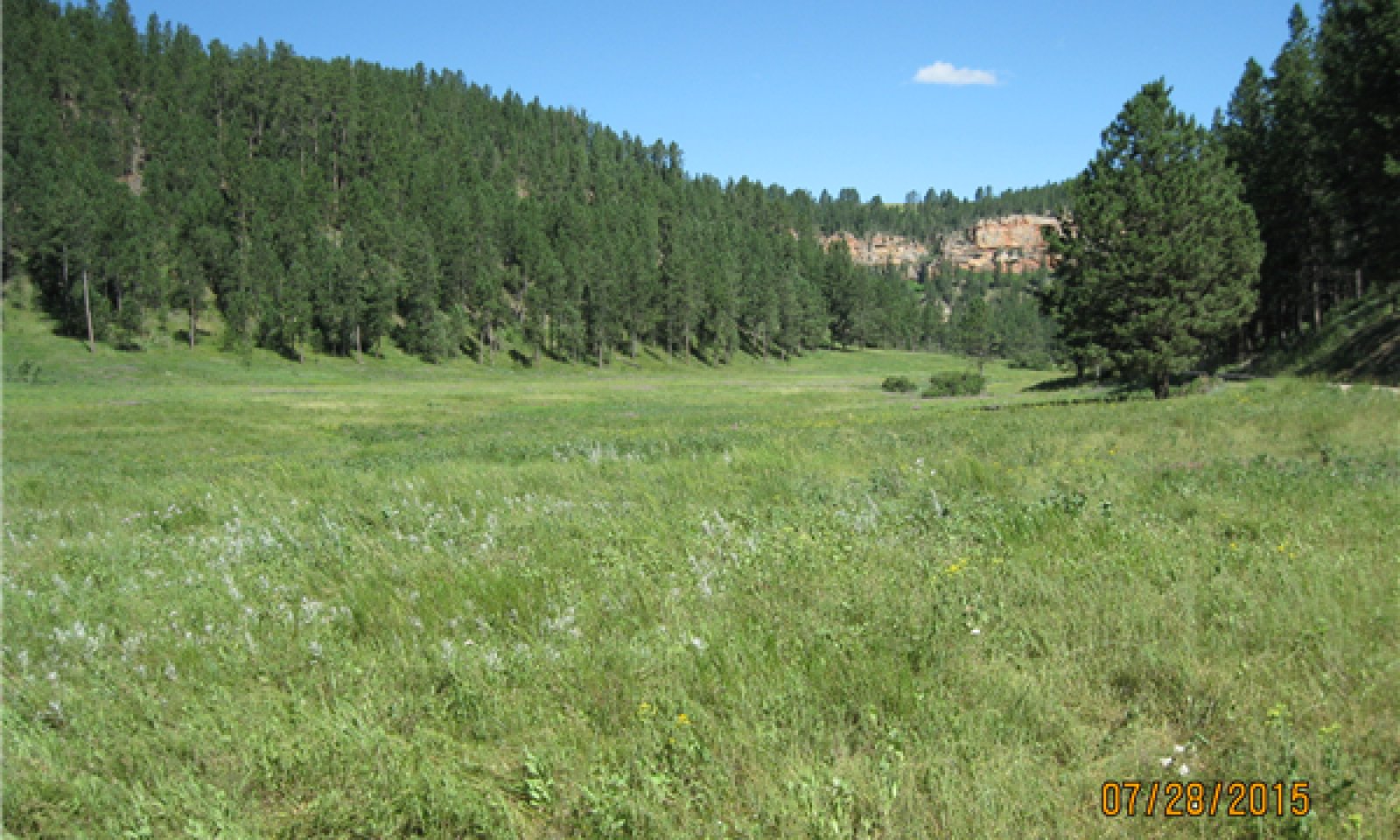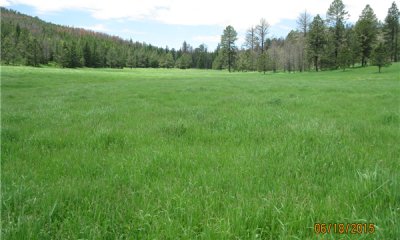
Valley Loam
Scenario model
Current ecosystem state
Select a state
Management practices/drivers
Select a transition or restoration pathway
- Transition 1A More details
- Transition 2A More details
- Transition 2B More details
- Restoration pathway 3A More details
- Transition 3A More details
- Restoration pathway 4A More details
- Transition 4A More details
-
No transition or restoration pathway between the selected states has been described
Target ecosystem state
Select a state
Description
This state represents what is believed to represent the natural range of variability and plant community dynamics of this ecological site prior to European settlement. The Reference State is unlikely to occur with the introduction of non-native cool-season grasses, which are common throughout the MLRA. This site was dominated by nearly equal portions of cool- and warm-season grasses, a diverse forb component, and various shrubs. In pre-European settlement times, the primary disturbances included fire and grazing by large ungulates and small mammals. Favorable growing conditions occurred during the spring, and the warm months of June and July. Routine and/or occasional fires removed pine encroachment, and contributed to the ecological processes that maintained the Reference plant community.
Submodel
Description
This state represents what is most typically found on this site. The natural range of variability is influenced by the presence of non-native cool-season grasses, especially smooth brome, Kentucky bluegrass, and timothy that can dominate the dynamics of this ecological site. Proper grazing management and periodic burning will maintain the productivity of this state. Heavy grazing without adequate recovery, excessive haying, and extended periods of non-use and no fire can put this state at risk of crossing a threshold to the Introduced/Invaded State.
Submodel
Description
This state is the result of invasion and dominance of non-native species. This state is characterized by the dominance of smooth brome, Kentucky bluegrass, and timothy in the plant communities. These species will out-compete and replace the native bluestems, needlegrasses, and wheatgrasses. The nutrient cycle is impaired, which results in a higher level of nitrogen that favors the introduced species. Studies indicate that soil biological activity is altered, and this shift apparently exploits the soil microclimate and encourages growth of the non-native grass species. Preliminary studies indicate when Kentucky bluegrass exceeds 30 percent of the plant community and native grasses represent less than 40 percent of the plant community composition, a threshold has been crossed to an Invaded State (3.0). Plant communities dominated by Kentucky bluegrass have significantly less cover and diversity of native grasses and forb species. (Toledo, D. et al., 2014). Once the threshold is crossed, a change in grazing management alone cannot cause a reduction in the invasive grass dominance.
Submodel
Description
This state is the result of very heavy disturbance such as cropping, concentrated livestock feeding areas, or rodent activity. This state can develop as a result of invasion by highly competitive weed species such as Canada thistle, hound’s tongue, leafy spurge, or knapweeds. Heavy grazing also can push an at-risk plant community phase to this state. In most cases, this phase is dominated by annual and/or pioneer perennial species. The percentage of bare ground is typically much higher than on any other plant community phase.
Submodel
Mechanism
Invasion and/or encroachment of non-native grasses such as Kentucky bluegrass, smooth brome, and timothy, and disruption of natural disturbance regimes, typically as a result of fire suppression following settlement, led this state over a threshold to the Native Invaded State 2.0.
Mechanism
Introduction or increase of non-native cool season grass species in the plant community. Non-use and no fire. Excessive haying of native grass species and or heavy continuous grazing. This transition is most likely going to occur from PCP 2.2
Mechanism
Severe and frequent defoliation, which can be exacerbated by drought and/or additional livestock or wildlife use. Heavy disturbance areas, including livestock feeding areas and cropping, also can cause this transition to the Early Seral State.
Mechanism
Early season prescribed burning followed by long term prescribed grazing to promote establishment of native species. Chemical and/or mechanical treatment followed by seeding of native species may accelerate the reestablishment of structural functional groups similar to PCP 2.1, but the resulting plant community may not achieve management goals. This restoration pathway can take many years and may not be successful in the end.
Mechanism
Severe and frequent defoliation, livestock feeding, heavy disturbance, excessive haying and cropping will push this plant community to the Early Seral State.
Mechanism
Removal of severe grazing disturbance (frequency and intensity), normal precipitation and fire regime, and time. Chemical and/or mechanical treatment followed by seeding of native species may accelerate the reestablishment of structural/functional groups similar to PCP 2.1; however, the resulting plant community may not achieve management goals. This restoration pathway can take many years and may not be successful in the end.
Model keys
Briefcase
Add ecological sites and Major Land Resource Areas to your briefcase by clicking on the briefcase (![]() ) icon wherever it occurs. Drag and drop items to reorder. Cookies are used to store briefcase items between browsing sessions. Because of this, the number of items that can be added to your briefcase is limited, and briefcase items added on one device and browser cannot be accessed from another device or browser. Users who do not wish to place cookies on their devices should not use the briefcase tool. Briefcase cookies serve no other purpose than described here and are deleted whenever browsing history is cleared.
) icon wherever it occurs. Drag and drop items to reorder. Cookies are used to store briefcase items between browsing sessions. Because of this, the number of items that can be added to your briefcase is limited, and briefcase items added on one device and browser cannot be accessed from another device or browser. Users who do not wish to place cookies on their devices should not use the briefcase tool. Briefcase cookies serve no other purpose than described here and are deleted whenever browsing history is cleared.
Ecological sites
Major Land Resource Areas
The Ecosystem Dynamics Interpretive Tool is an information system framework developed by the USDA-ARS Jornada Experimental Range, USDA Natural Resources Conservation Service, and New Mexico State University.


